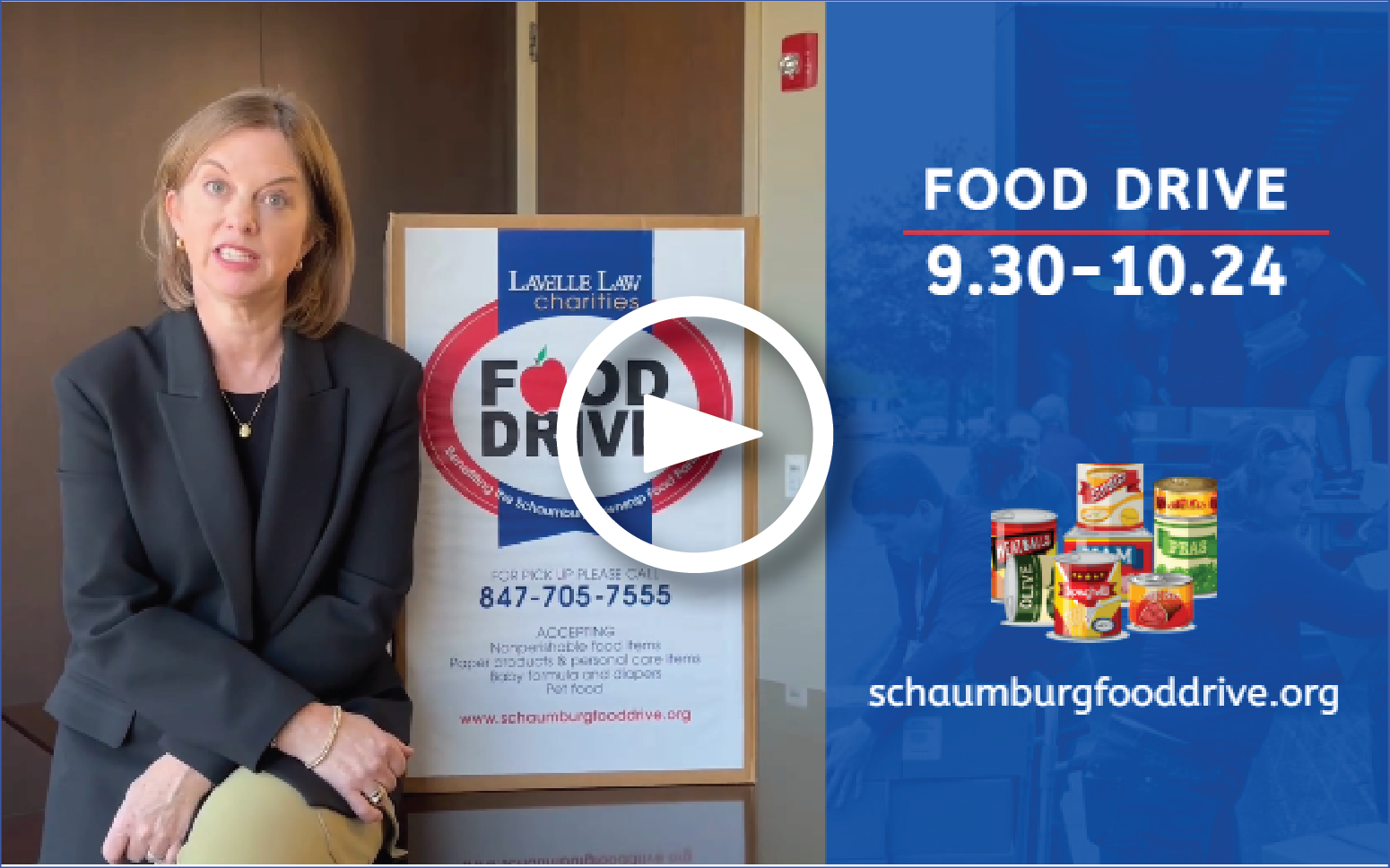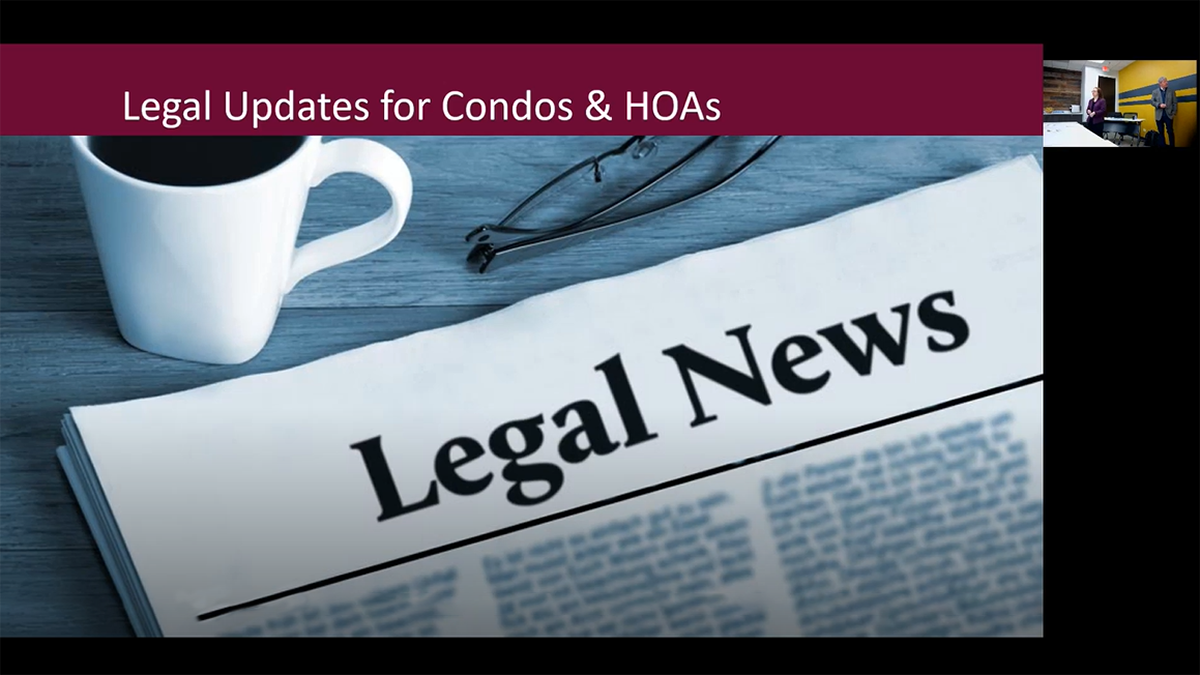Business Chapter 7 Bankruptcy
Theodore M. McGinn • May 12, 2020
When a business is no longer viable, owners must determine the best way to windup the affairs of the business, in an orderly and reasonable fashion. Simply walking away may create more problems and leave loose ends. Owners must typically choose between a Chapter 7 bankruptcy filing or a state dissolution. Which choice is best depends on the facts and circumstances.
Chapter 7 Bankruptcy.
A business may end its existence through the filing of a Chapter 7 bankruptcy petition. Upon the filing of the petition, the United States Bankruptcy Court will appoint a trustee. It is that trustee’s duty to confirm that the business has ceased operations, seize any valuable assets, facilitate the sale and otherwise maximize the proceeds of a liquidation of the business assets, and then coordinate the payment of the claims of any creditors through such bankruptcy proceeds.
Bankruptcy Petition.
In a Chapter 7 bankruptcy filing, the business must file a bankruptcy petition with the United States Bankruptcy Court. The bankruptcy petition is a public document. The bankruptcy petition discloses all of the assets of the company and all of its creditors, including the balances of the outstanding debt. The bankruptcy petition also discloses information about the operation of the business in its statement of financial affairs.
Potential Bankruptcy Issues.
Upon the filing of the bankruptcy, the business ceases to exist. There is no discharge of liabilities; rather the business no longer is in existence. One problem that could arise would be claims related to a personal guaranty. Many creditors require owners of a business to sign a personal guaranty prior to extending credit. If a guaranty is present, the Chapter 7 bankruptcy petition would not have any impact on a claim of a creditor on any owner who signed a personal guaranty.
Many times leading to the end of a business cycle, owners may often begin to distribute payments to certain creditors, including themselves. Such payments could be recovered by the US trustee, as a preference or insider payment. Furthermore, similar issues may arise if the owners have been historically commingling their personal assets with the assets of the business.
Any business owner contemplating a bankruptcy must understand that they will have to attend a creditors meeting. A creditors meeting is an opportunity for the trustee and the creditors to inquire of the business representative of its financial affairs. They would be able to ask questions regarding the assets of a business, as well as any use of funds or any other relevant financial details.
Dissolution.
A dissolution is another manner by which an owner may end the business existence. However, unlike a bankruptcy, a dissolution does not require the public filing of financial documents of the company. In addition, the dissolution is a procedure that is largely handled by the officers of the corporation through their attorneys. The officers are required to liquidate the assets of the company, similar to the US trustee, and distribute the proceeds from the sale assets to those filing claims. A dissolution may be preferred if it is desirable to avoid the publicity of a public bankruptcy filing. On the other hand, if a business is dealing with several creditors, the use of a bankruptcy may be advantageous to avoid the volume of creditor inquiries and other administrative duties.
Business owners have choices when deciding how to end their business. Such owners, however, should consider the pros and cons of each method and choose that which best suits their objectives.
If you have any questions about this article, please contact attorney Theodore M. McGinn at (847) 705-7555 or tmcginn@lavellelaw.com. We are a debt relief agency. We help people file for bankruptcy relief with the Bankruptcy Code.
More News & Resources
Lavelle Law News and Events

The Illinois General Assembly enacted Public Act 1738, amending several provisions of the Illinois Code of Civil Procedure to raise debtor exemption limits effective 1.1.26. The new law provides expanded protection for residents, marking the most significant increase to the state’s exemption statutes in over a decade.

The 2025 Lavelle Law Charities Food Drive benefiting the Schaumburg Township Food Pantry has begun! Join us in our efforts to bring food, dignity, and hope to residents in need who rely on the food pantry. The need is greater than ever this year, as the food pantry serves over 1,300 households each month!









